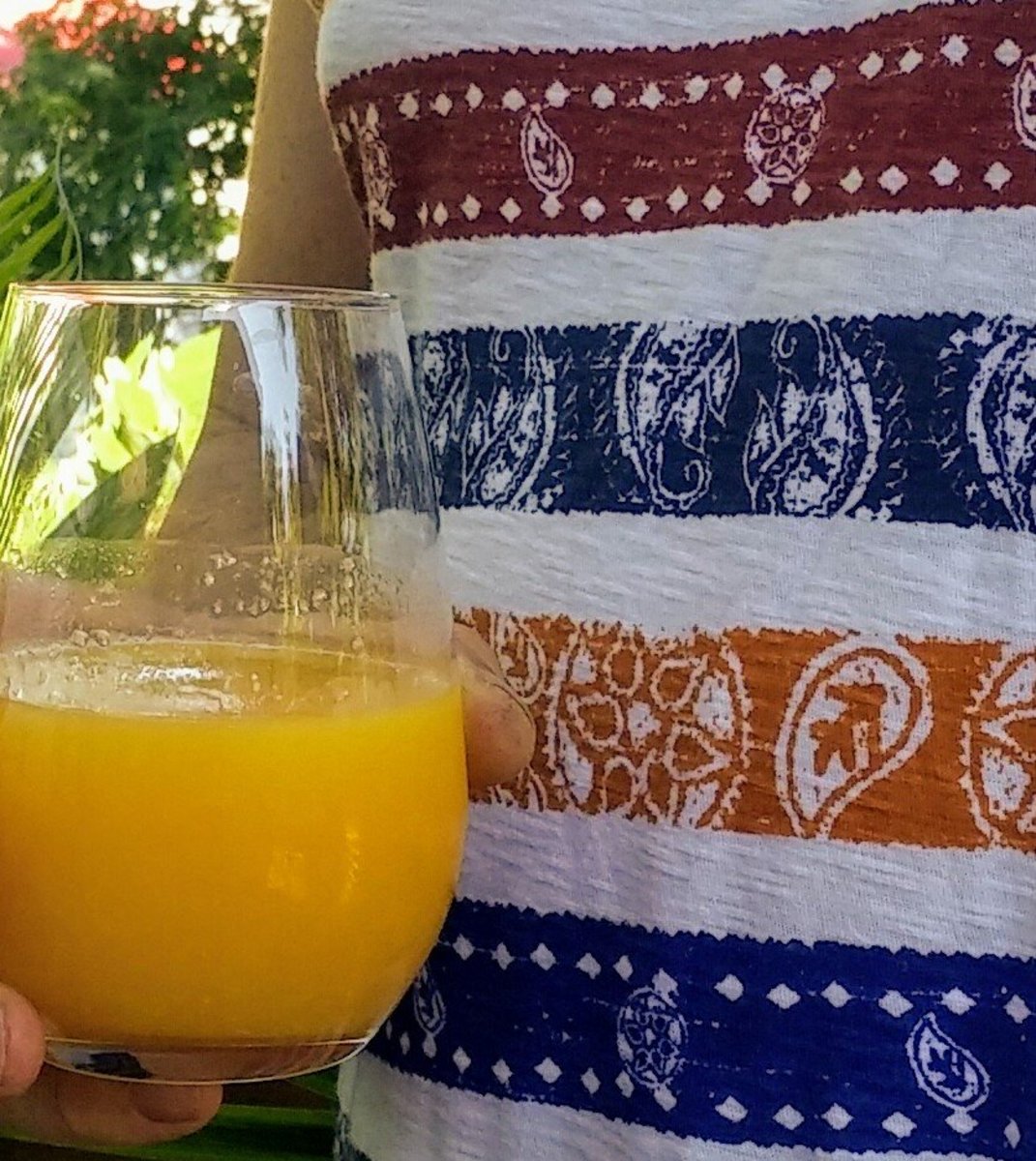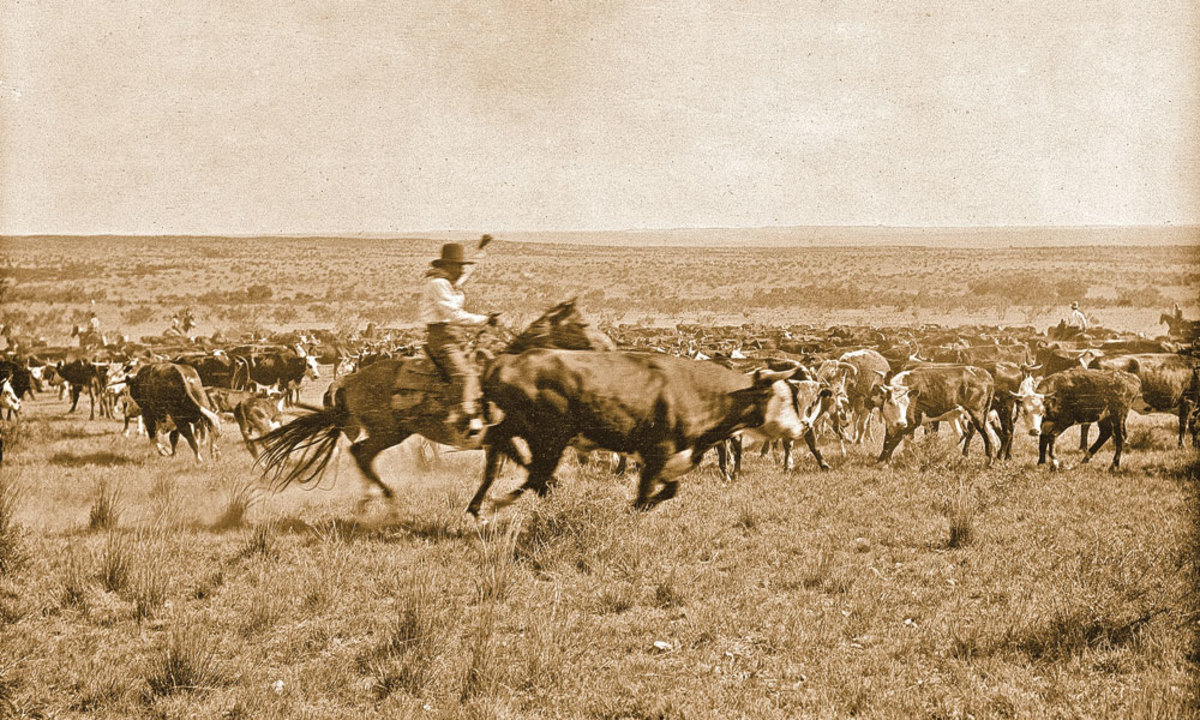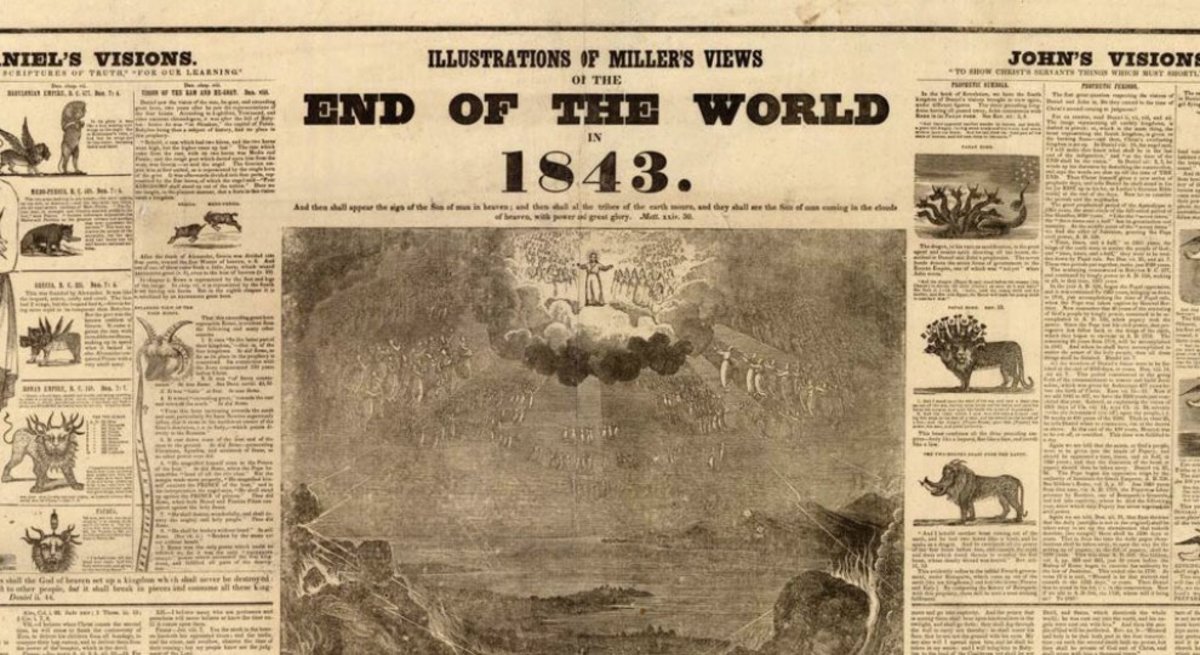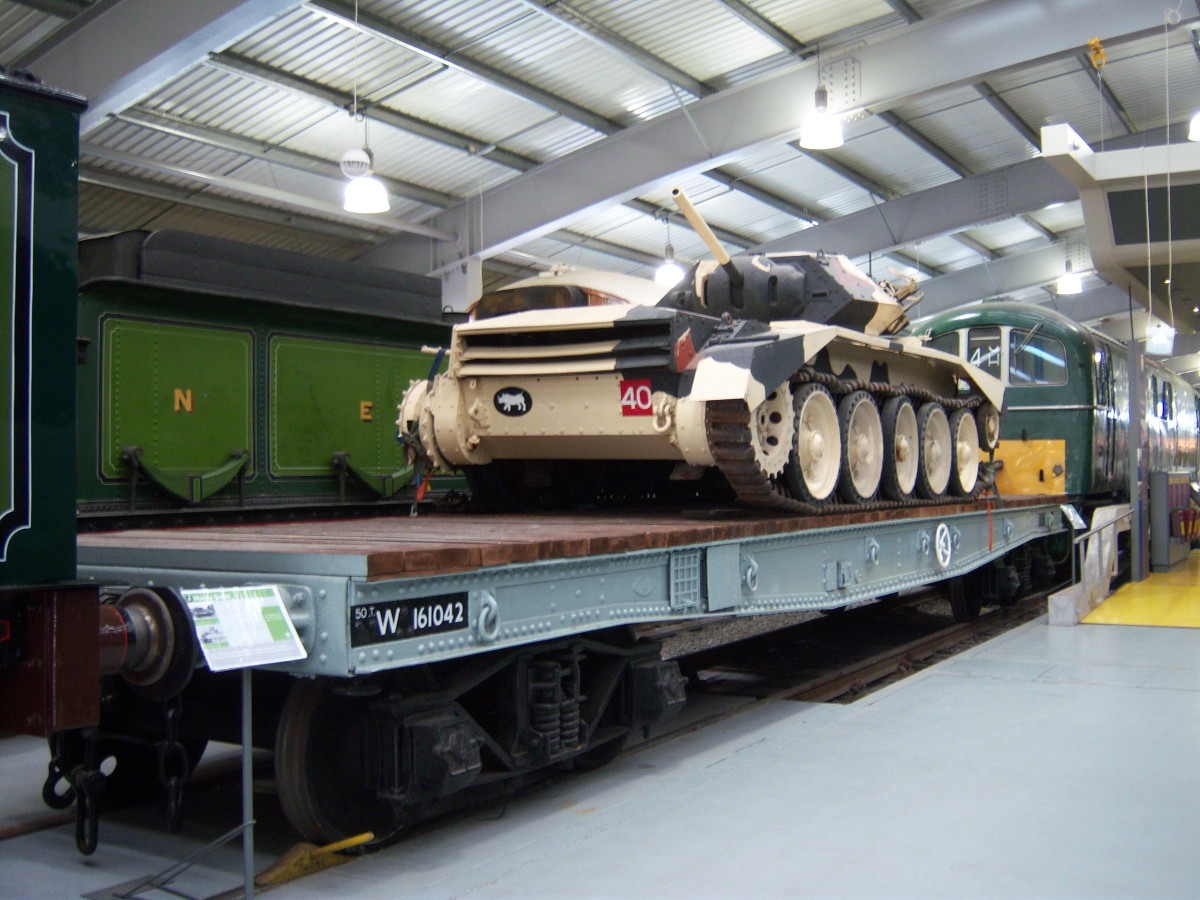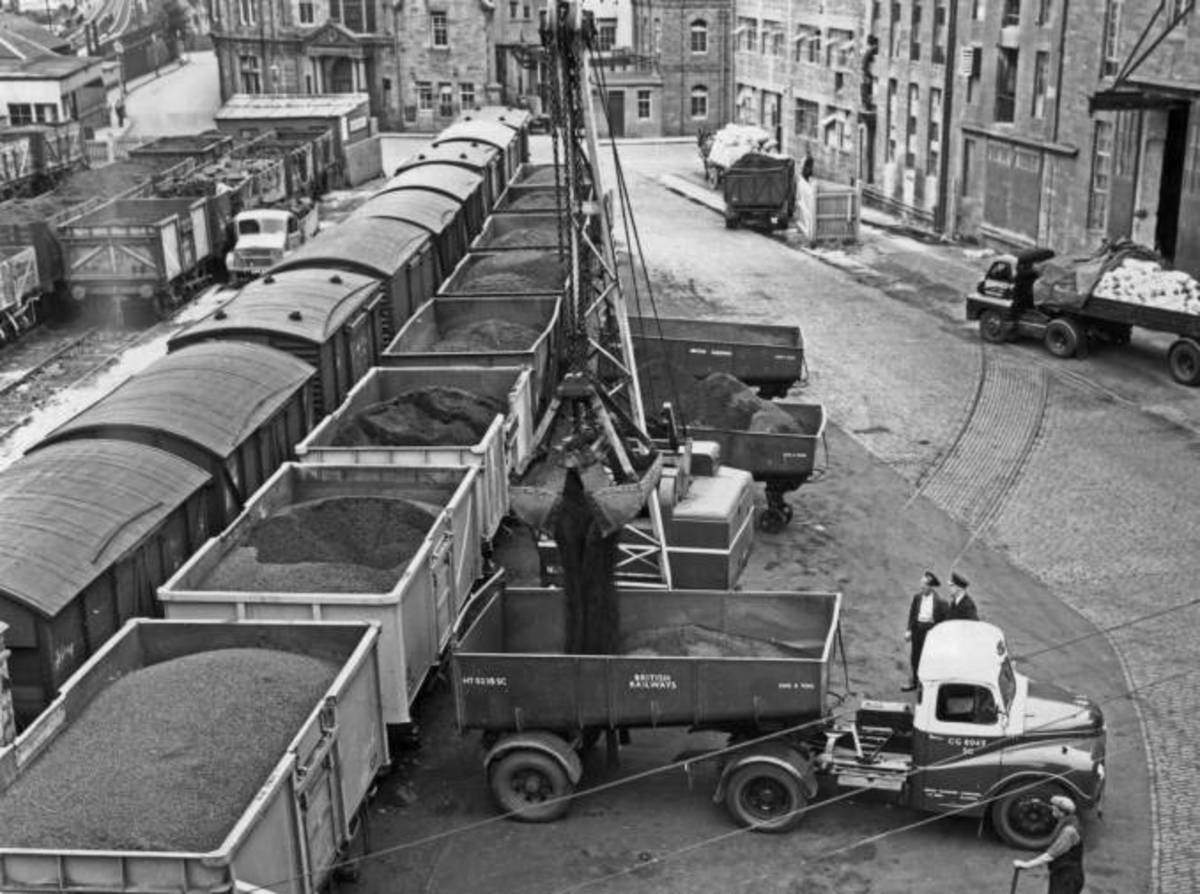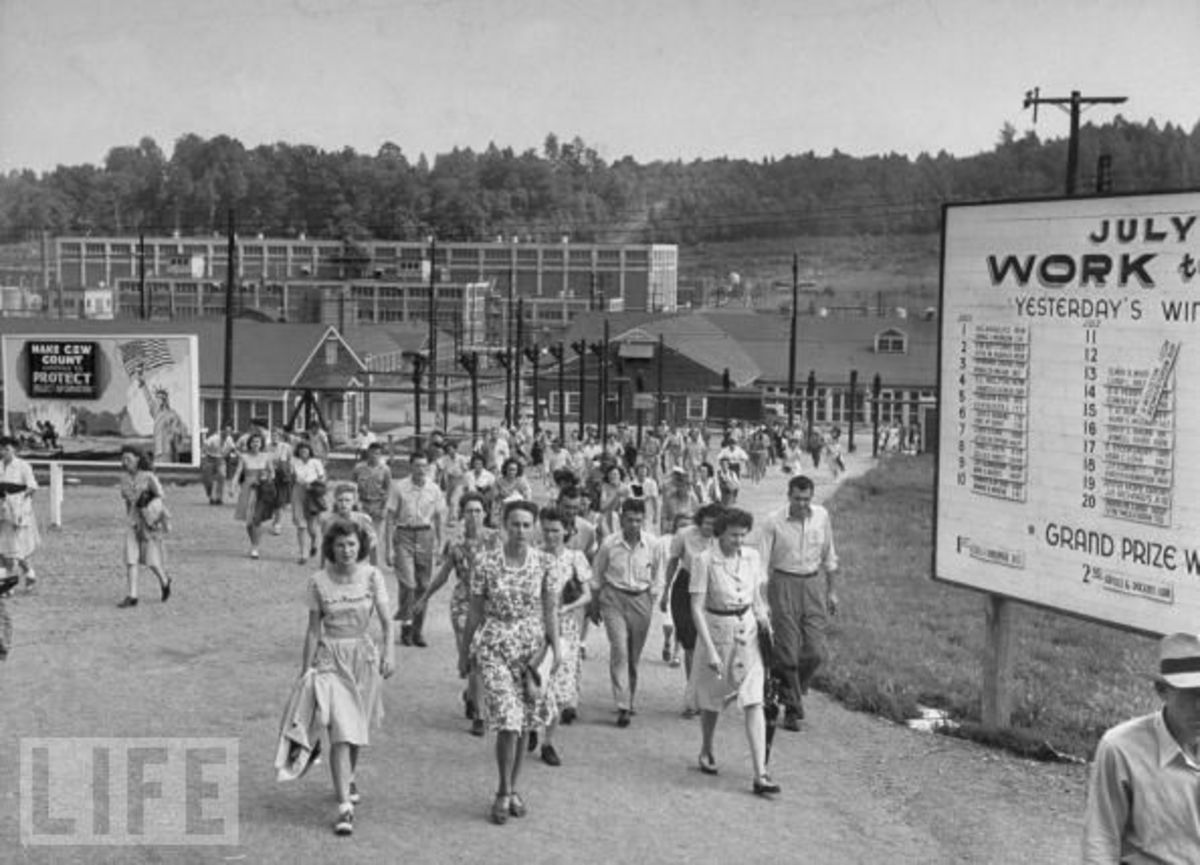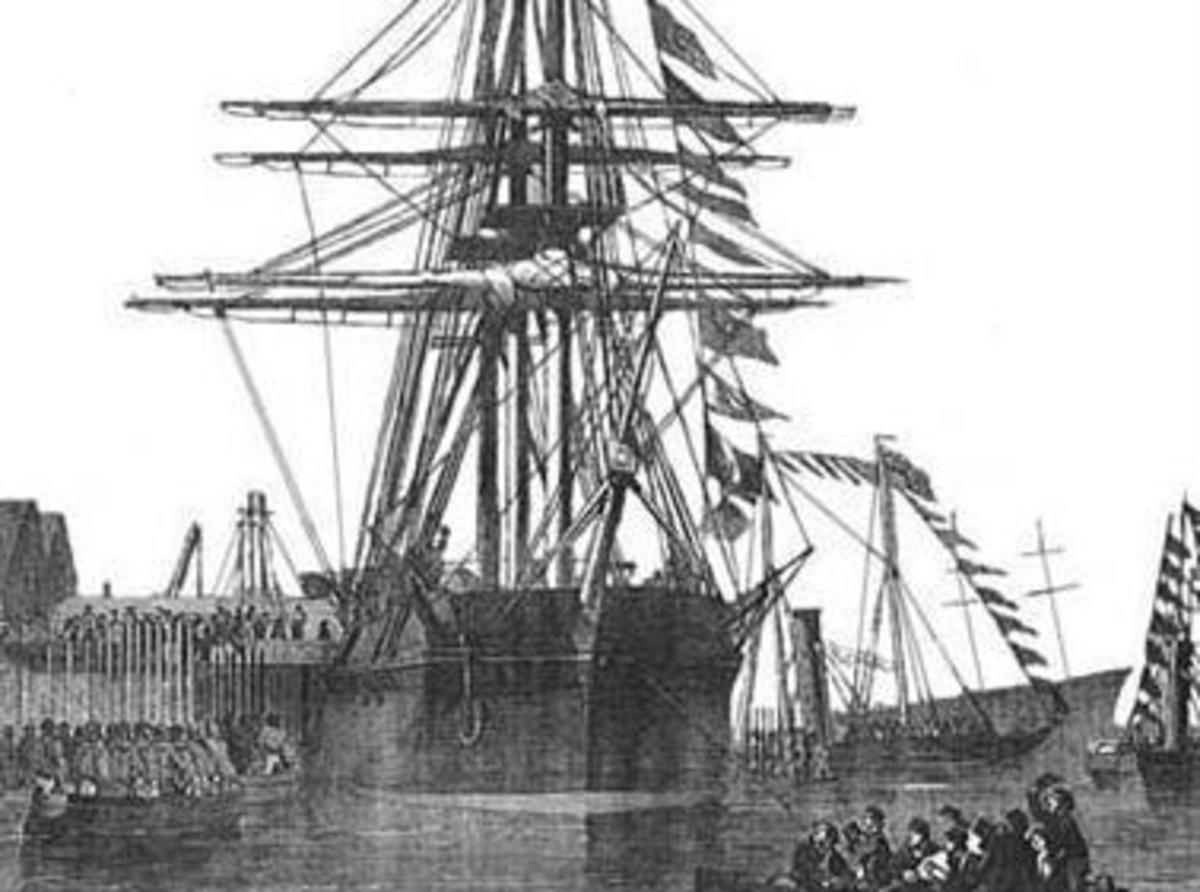- HubPages»
- Education and Science»
- History & Archaeology»
- History of the Americas
The American Diner

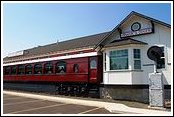
Old, railroad passenger cars were sometimes converted into diners. Sometimes streetcars and trolleys were also used. But that’s not where the story of the diner begins.
It was 17 year old Walter Scott, in Providence, Rhode Island who moonlighted selling sandwiches and coffee that became the catalyst for what would eventually become an American Icon. In1872 Scott realized his small business venture had expanded to the point he could quit his job and do it full time. And that's what he did by converting a horse-drawn covered wagon into a mobile eatery.
The converted wagons were a huge success and it wasn’t long before several companies began to manufacture them. Additional improvements were added so customers could stand inside out of inclement weather. Stools and a counter made dining more enjoyable. They were referred to as Night lunch wagons or "Nite Owls" because they remained open after regular restaurants closed around 8:00 pm.
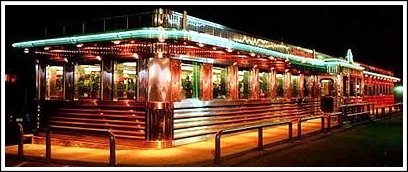
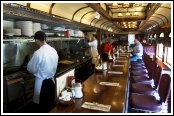
The success of the early converted wagons inspired a few individuals to form companies and manufacture lunch wagons. They became very popular because they served inexpensive, affordable meals. Eventually, lunch wagon vendors became so numerous ordinances had to be passed to restrict their hours of operation. Left with no other choice many proprietors got around the laws by setting up in semi-permanent spots.
However, about the same time these wagons became popular, horse drawn streetcars were becoming obsolete and were being quickly replaced by electric cars. Many older wagons and cars were no longer needed and were eagerly snapped up by enterprising entrepanuers and converted into diners. It was a lot cheaper than the cost of a new restaurant.
Most owners had to operate on a very limited budget and couldn’t afford to maintain their cars properly. Thus the term "greasy spoon" was born. Some came up with ideas to change this image, especially for women who were becoming a large part of their business.
They added shrubs and flower boxes, repainted them, offered booth service and generally just cleaned up their act. Some found simply by adding "Miss" to their establishments name gave them a better aura of respectability.
During the1920's, builders began constructing cars with indoor bathrooms, dining tables and redesigned interiors. However, although they were manufactured by different companies they all basically still looked similar. Manufacturers knew they had to change the look of the aging structures. Enter the railroad car look and new name "diner."
This proved to be a stroke of genius. Railroad dining car designs had remained basically the same since their inception, and were popular with customers. Therefore, they needed very little restructuring, at least until newer streamlined trains began to appear in the 1930s. Then came the Great Depression in the late 1930s and early 40s. Several diner builders folded. But with the end of World War II, there came a call for more diners. Business was booming. In 1948, there were a dozen diner car companies competing for business.
In the early 1950s came the mass migration to the suburbs. The diners followed, but now they slowly began taking on a new look. Stainless steel exteriors, larger windows and a more futuristic design became new ways to attract passing motorists. Air conditioning, ventilation and lighting improvements were added.
Despite their best efforts diners began to lose out to the newer fast food establishments. These newcomers offered affordable food for a fast paced society. The few remaining diner manufacturers fought back by offering more design choices such as Neoclassical, Tudor or Mediterranean. Artificial stonework, stained wood, and fabrics replaced the flashy stainless steel image. Many old diners were remodeled and made into permanent structures by bricking them over.
Then, in the late 1970's came a new interest in the American diner. Nostalgia prompted the 3 remaining manufacturers to revisit the old styles. The “retro” look was now in. That interest still continues today. Efforts are being made to rescue vintage diners and relocate them to new locations in the United States and Europe where they are being restored.
Some are in Museums on permanent display or actually used for food service. The Massachusetts Historical Commission has placed all vintage diners still in use on the National Register of Historic Places.

